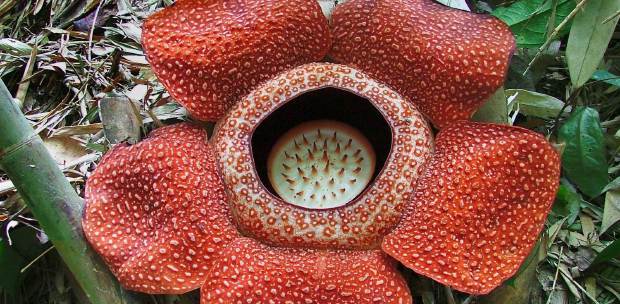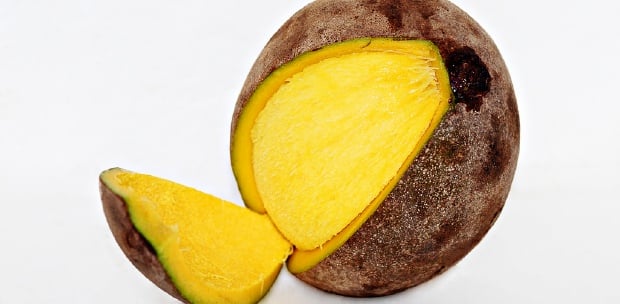HAILING from the lush islands of Borneo, Mindanao, and the Palawan archipelago, tarap stands as a testament to the rich diversity of tropical fruits found in Southeast Asia.
Often likened to its botanical relatives – the jackfruit, cempedak, and breadfruit – tarap exudes its own distinctive charm with its pungent aroma and creamy texture, making it a culinary treasure for fruit enthusiasts.
A CULINARY GEM
Tarap, scientifically known as Artocarpus odoratissimus, is a fruit that captivates the senses with its unique appearance and delectable taste. Encased in a spiky green shell that yields to reveal tender, bulb-like flesh, tarap offers a sensory experience unlike any other.
While its aroma may evoke comparisons to the infamous durian, tarap boasts a milder scent that is sure to entice even the most discerning palates.
SAVOURING THE FLAVOUR
Describing the taste of tarap is no easy feat, as its flavour profile is as complex as it is delightful.
Reminiscent of jackfruit yet with a softer, less fibrous texture, tarap delights the taste buds with its subtly sweet and juicy flesh. Whether enjoyed fresh or cooked, tarap promises a gastronomic adventure that is both satisfying and indulgent.
CHOOSING THE PERFECT TARAP
Selecting the finest Tarap requires a discerning eye and a keen sense of smell. Opt for fruits with intact, greenish skin and minimal black spots, indicating freshness and ripeness.
Avoid overly strong odours, as this may indicate spoilage. With its short shelf life, tarap is best enjoyed promptly to fully savour its exquisite taste and aroma.
A TROPICAL TREASURE HUNT
For travellers exploring the Malaysian states of Sabah and Sarawak, a visit to the local wet markets or fruit stalls offers a chance to partake in the tarap experience.
Whether you're a seasoned fruit enthusiast or simply curious to sample Borneo's bounty, tarap promises a culinary adventure that is as delightful as it is memorable.





